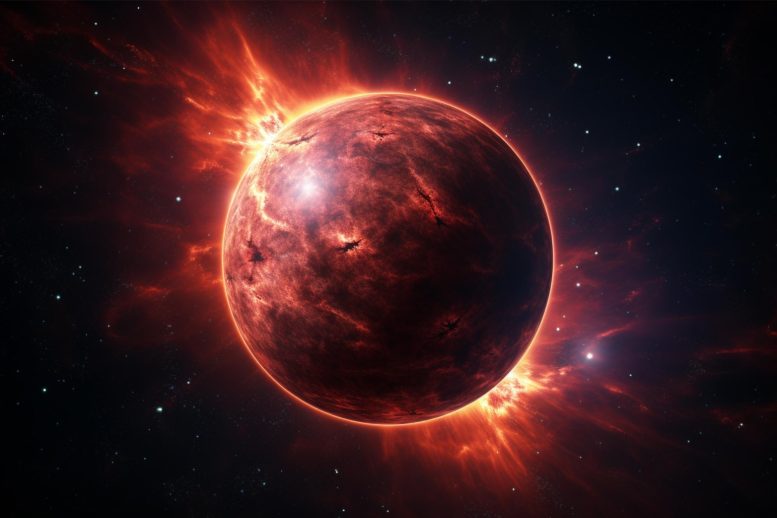
Researchers have analyzed an ultracool brown dwarf that is the coldest star known to produce radio emissions. Though not the absolute coldest, this star, discovered by Caltech astronomers in 2011, emits radio waves at a lower temperature than any previously studied. It serves as a bridge between the smallest hydrogen-burning stars and gas giants like Jupiter.
Cooler than a campfire and smaller than Jupiter, this brown dwarf star is a rare find.
University of Sydney astronomers have studied the coldest star yet known to emit radio waves, an ultracool brown dwarf. This analysis aids in understanding of star evolution and magnetic field generation.
Discovery of Coldest Radio Emission Star
Astronomers at the University of Sydney have confirmed that a small, faint star holds the record for being the coldest to produce emission at radio wavelength.
The object of their study is an ‘ultracool brown dwarf,’ essentially a gas ball simmering at about 425 degrees centigrade (800 °F), cooler than an average campfire, and it does not burn nuclear fuel.
In comparison, the surface temperature of the Sun, a nuclear inferno, is approximately 5,600 degrees centigrade (10,000 °F). Although not the coldest star ever discovered, it is the coolest to have been analyzed using radio astronomy so far.
The findings were published on July 13 in The Astrophysical Journal Letters.
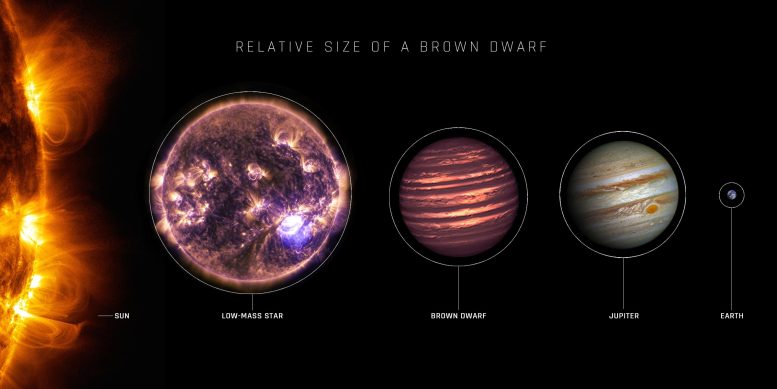
An image displaying the relative size of a typical brown dwarf star. In the instance of the star in this study, the brown dwarf is smaller than Jupiter (between 0.65 and 0.95 its radius) but is more massive, somewhere between four and 44 times the mass of Jupiter. Credit: NASA/JPL
Magnetic Field Generation in Ultracool Brown Dwarfs
Lead author and PhD student in the School of Physics, Kovi Rose, remarked, “It’s very rare to find ultracool brown dwarf stars like this producing radio emission. That’s because their dynamics do not usually produce the magnetic fields that generate radio emissions detectable from Earth.
“Finding this brown dwarf producing radio waves at such a low temperature is a neat discovery.”

Lead author and PhD student, Kovi Rose, from the School of Physics and Sydney Institute for Astronomy at the University of Sydney. Credit: The University of Sydney
Rose believes that deepening our understanding of ultracool brown dwarfs like this one will aid in comprehending the evolution of stars, including how they generate magnetic fields.
Uncertainties in Magnetic Field Generation
How the internal dynamics of brown dwarfs sometimes produce radio waves is something of an open question. While astronomers have a solid grasp of how larger ‘main sequence’ stars like the Sun generate magnetic fields and radio emissions, the reason why fewer than 10 percent of brown dwarf stars produce such emission is still not fully understood.
It is hypothesized that the rapid rotation of ultracool dwarfs plays a role in generating their strong magnetic fields. When the magnetic field rotates at a different speed than the dwarf’s ionized atmosphere, it can generate electrical current flows.
Radio Wave Production in the Studied Dwarf
For this particular instance, it is theorized that the radio waves are being produced by the inflow of electrons to the magnetic polar region of the star. This process, in conjunction with the rotation of the brown dwarf star, leads to the production of regularly repeating radio bursts.
Brown dwarf stars, often referred to as such due to their limited energy or light emission, are not massive enough to trigger the nuclear fusion associated with other stars like our Sun.
Importance of Brown Dwarfs
Mr. Rose emphasized, “These stars are a kind of missing link between the smallest stars that burn hydrogen in nuclear reactions and the largest gas giant planets, like Jupiter.”
The star, colloquially referred to as T8 Dwarf WISE J062309.94−045624.6, is approximately 37 light years away from Earth and was discovered in 2011 by astronomers at Caltech in the United States.
Physical Attributes of T8 Dwarf WISE J062309.94−045624.6
The star’s radius is between 0.65 and 0.95 that of Jupiter. Its mass, though not well defined, is at least four times more massive than Jupiter but not more than 44 times. In contrast, the Sun is 1000 times more massive than Jupiter.
Mr. Rose conducted the analysis of the star using new data from the CSIRO ASKAP telescope in Western Australia and followed up with observations from the Australia Telescope Compact Array near Narrabri in NSW and the MeerKAT telescope in South Africa.

Co-author Professor Tara Murphy, Head of School, School of Physics at the University of Sydney. Credit: The University of Sydney
Future Research Directions
Professor Tara Murphy, co-author and Head of the School of Physics at the University of Sydney, said: “We’ve just started full operations with ASKAP and we’re already finding a lot of interesting and unusual astronomical objects, like this.
“As we open this window on the radio sky, we will improve our understanding of the stars around us, and the potential habitability of exoplanet systems they host.”
Reference: “Periodic Radio Emission from the T8 Dwarf WISE J062309.94–045624.6” by Kovi Rose, Joshua Pritchard, Tara Murphy, Manisha Caleb, Dougal Dobie, Laura Driessen, Stefan W. Duchesne, David L. Kaplan, Emil Lenc and Ziteng Wang, 13 July 2023, The Astrophysical Journal Letters.
DOI: 10.3847/2041-8213/ace188


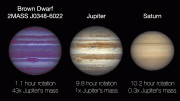
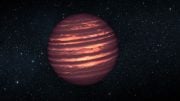
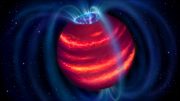
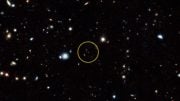
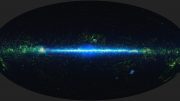

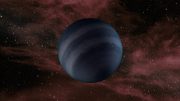
Be the first to comment on "Shattering Astronomical Records: The Coldest Star to Emit Radio Waves"